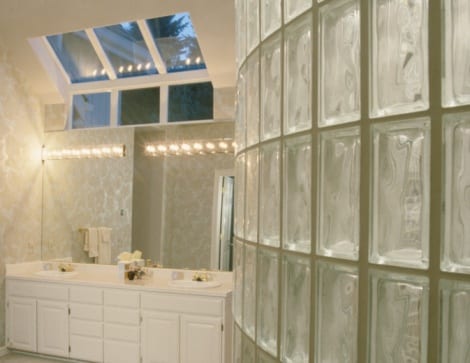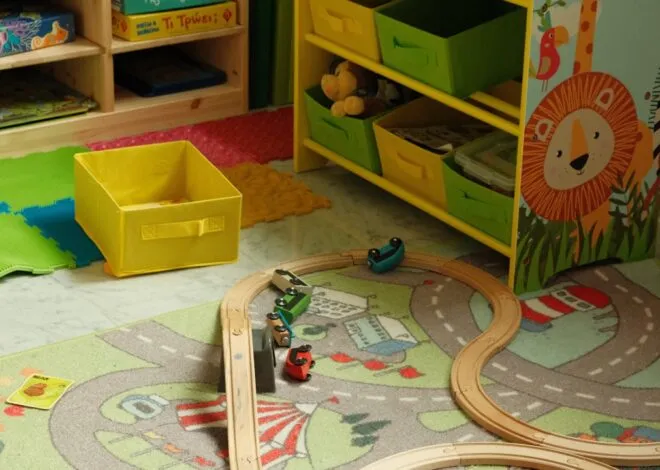There are many practical reasons for going green. Not only can you help to protect the Earth’s environment, but you can also do your part to conserve energy. Going green is also a sensible economic move. By building an eco-friendly home, you can improve the quality of the indoor air you breathe, as well as save energy dollars on the green investments that you make. In addition, there are tax credits available to help defray the costs of going green.
Step 1
Design your home to maximize the use of natural light. Install skylights on the side of the house exposed to sunlight for a good part of the day. Reduce electricity costs by installing skylights in the rooms that you use most often. Keeping your windows clean allows more sunlight in, too.
Step 2
Use lumber certified by the Forest Stewardship Council (FSC). The FSC logo guarantees that timber comes from a company that practices high standards of forestry and operates in a responsible manner, protecting the world’s forests from logging practices that can destroy the environment.
Step 3
Construct outside deck areas using cedar wood. Cedar is durable and naturally resistant to insect damage, so there’s no need to buy wood treated with harmful chemicals. Use natural paints and stains rather than traditional petroleum-based products. They may cost more, but they’re healthier to use, as today’s insulated and tightly sealed homes make it difficult for fresh air to circulate throughout a home.
Step 4
Use renewable, nonpolluting energy sources to supply your home with both heat and electricity. Several types of solar heating systems are available that collect the sun’s heat energy and convert it to electricity (see Resources). Or use a residential wind turbine to supplement power supplied by an electric company. Wind turbines work by collecting energy from the wind and converting it to electricity.
Step 5
Insulate your home well to cut energy costs. Foam insulation spray is one of the greenest insulating products you can use to conserve heat; it’s both a renewable resource and environmentally friendly. You can use it to insulate wall cavities and ceilings, and to seal around small areas.
Step 6
Get a programmable heat thermostat and save on your heating bill. According to the U.S. Department of Energy, studies show that you can save energy by lowering your home’s heating temperature at certain times throughout the day and/or evening.
Step 7
Install an on-demand tankless hot water heater. Tankless hot water heaters heat water directly as you need it, which helps to minimize and conserve the use of water. While a tankless water heater is more expensive to install, it uses only half the energy of a conventional water heater.
Step 8
Select pressurized low-flow alternatives for shower heads and toilets to reduce water consumption and energy costs. Many companies now offer products that can save up to 40 percent of total water consumption.





